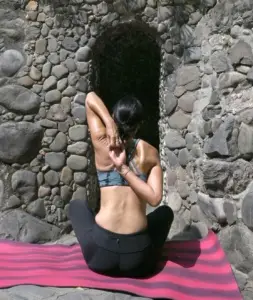
Mindful-based practices offer numerous benefits for seniors, including improved flexibility, balance, strength, and mental clarity. It is a gentle and accessible form of exercise that can be adapted to accommodate various physical abilities and health conditions. Mindfulness for seniors focuses on gentle movements, mindful breathing, and relaxation techniques to support overall health and well-being in the golden years.
Benefits of Mindfulness for Seniors:
Considerations before Starting:
Mindful Poses and Practices for Seniors:
Breathing Exercises for Seniors:
Mindful Practice for Seniors:
Summary with Tips:
Mindfulness for seniors offers a gentle and effective way to improve physical health, mental clarity, and overall quality of life. By practicing gentle mindfulness poses, breathing exercises, and mindfulness techniques regularly, seniors can enhance flexibility, strength, balance, and emotional well-being, supporting healthy aging and vitality.

GoInwards is an IRS 501(c)(3) Non-Governmental Organization (NGO), chartered to advance wellness through integrative health related awareness, prevention, intervention, and resilience-based educational programs.
FEIN 90-0609802